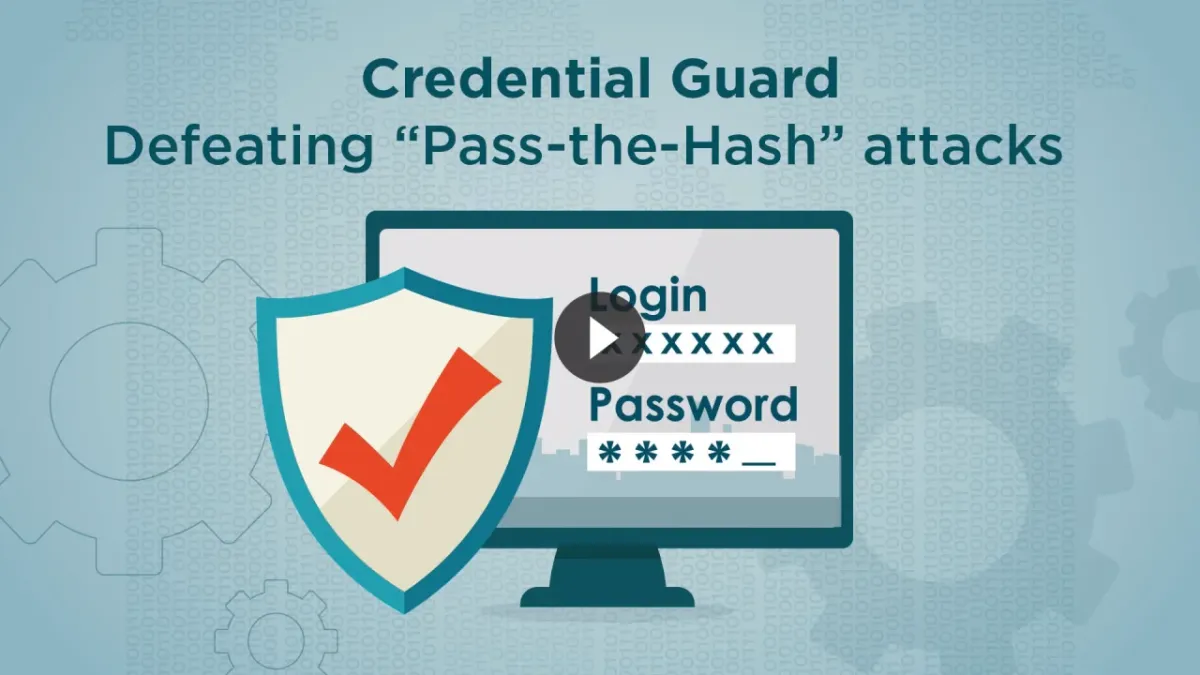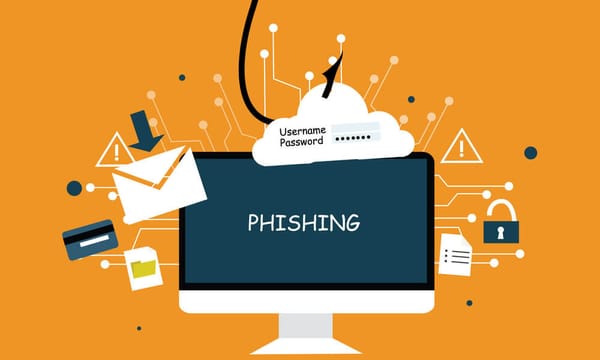Comprehensive Guide to Preventing Pass the Hash Attacks

Introduction
As cybersecurity threats continue to evolve, understanding the mechanisms behind these threats becomes increasingly critical. One such threat is the "Pass the Hash" (PtH) attack technique, an exploit that allows attackers to authenticate to a remote server or service by using the underlying NTLM or LanMan hash of a user’s password, instead of requiring the associated plaintext password. This article provides an in-depth look at the PtH attack technique, its technical background, practical implementation, security implications, detection, prevention methods, and advanced topics. Understanding PtH is crucial for both cybersecurity professionals and anyone involved in the DevSecOps pipeline.
Technical Background
Core Concepts of Pass the Hash
The PtH technique exploits the way Windows handles authentication. When a user logs on, Windows creates an access token, which includes security identifiers (SIDs) for the user and all groups to which the user belongs and the user’s privileges. This token is then used to launch processes under the user’s identity. To authenticate the user across the network, Windows uses a challenge/response mechanism to prevent password hashes from being sent on the network.
Historical Context and Evolution
The PtH technique has been around since the late 1990s and continues to be a significant threat in today's cybersecurity landscape. It has evolved with the changing Windows environment, with attackers finding new ways to exploit this technique as Microsoft introduces new security measures.
Underlying Technical Mechanisms
The PtH attack involves several steps. The attacker first needs to gain local administrator access on the victim’s machine. They can then extract the NTLM hash of the user’s password from the system's memory, specifically the Local Security Authority Subsystem Service (LSASS) process. This hash is then used to authenticate to other systems as the user, without ever needing to know the user’s plaintext password. You can read a more detailed explanation of these techniques and testing methods in our previous article.
Practical Implementation
The following steps outline a high-level PtH attack scenario:
- The attacker gains local admin access on a machine.
- They dump the LSASS process to extract NTLM or LanMan hashes.
- The attacker uses these hashes to authenticate to a remote system.
Tools such as Mimikatz, Pwdump, and Windows Credential Editor (WCE) can be used to perform these steps. For a more detailed guide, refer to the Microsoft Security Documentation.
Example of Using Mimikatz for PtH
```bash # Step 1: Dump credentials from LSASS mimikatz # privilege::debug mimikatz # sekurlsa::logonpasswords
Step 2: Use the hash to pass the hash mimikatz # sekurlsa::pth /user:Administrator /domain: /ntlm: /run:cmd ```
The first command runs Mimikatz with debug privileges, and the second dumps the credentials stored in LSASS. The third command initiates a PtH attack using the Administrator's NTLM hash, opening a new command prompt as the Administrator.
Security Implications
Pass-the-hash (PtH) attacks pose a significant threat to organizations due to their stealth and potency. These attacks exploit the way Windows handles authentication, specifically how it stores password hashes.
Attack Vectors
In a PtH attack, an intruder doesn't need the user's plaintext password. Instead, they capture the password hash from a compromised system and use it to authenticate against other network resources. In essence, the attacker is impersonating the legitimate user with their hash. This approach bypasses the need for cracking the password, making it a quick and efficient attack vector.
Notable real-world examples of PtH attacks include the NotPetya and WannaCry ransomware attacks. These attacks leveraged PtH techniques to spread laterally across networks, causing widespread damage and disruption.
Our previous article on understanding pass-the-hash attacks provides a deeper dive into these attack techniques and real-world examples.
Understanding Pass-the-Hash Attacks: Techniques, Testing Methods, and Mitigations
Detection and Prevention
Effective defenses against PtH attacks involve a combination of proactive and reactive measures.
Detection Methods
Detection of PtH attacks can be challenging due to the legitimate use of hashed credentials in network operations. However, several indicators can help identify suspicious activity. These include:
- Multiple failed logins followed by a successful login
- Numerous login attempts across various systems within a short timeframe
- Unusual after-hours login activity
Microsoft's Advanced Threat Analytics (ATA) can help detect abnormal behavior and potential PtH attacks.
Microsoft Security Documentation
Defensive Strategies
To protect against PtH attacks, consider the following strategies:
- Limit administrative privileges
- Enforce strong password policies
- Regularly patch and update systems
- Implement multi-factor authentication
- Segregate networks to limit lateral movement
For a comprehensive guide on cyber defense, refer to our ultimate cyber defense playbook.
The Ultimate Cyber Defense Playbook: From Threat Detection to System Hardening
Advanced Topics
Current research and advancements in cybersecurity are continuously addressing the PtH attack vector. One area of focus is the development of advanced detection algorithms that can identify PtH attack patterns.
Edge Cases and Future Trends
Emerging trends in machine learning and artificial intelligence offer promising capabilities in detecting and mitigating PtH attacks. These technologies can potentially identify subtle patterns and anomalies that might be missed by traditional detection methods.
For more information on the latest cybersecurity research and trends, refer to the MITRE ATT&CK Framework.
Conclusion
Pass-the-hash attacks remain a potent threat in the cybersecurity landscape. By understanding the technical mechanisms, security implications, and detection methods, organizations can better defend against these attacks. As with any cybersecurity threat, a proactive approach combining technology, process, and people is the best defense.
To continue learning about this topic and other advanced offensive security techniques, consider checking out our guide on the top offensive security certifications in 2025.
Top Offensive Security Certifications in 2025: The Path to Becoming a Red Teamer




